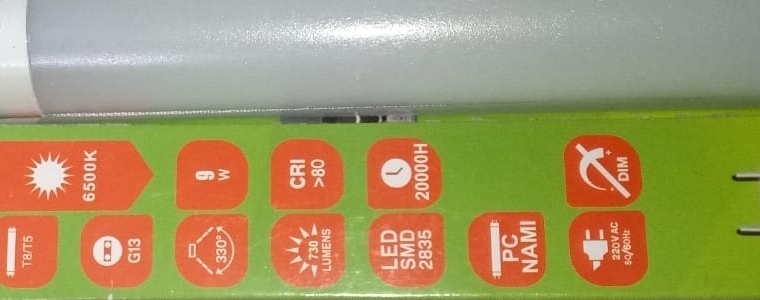“Did you know that leaving your outdoor verandah bulb on for 12 hours throughout the night for security purposes consumes at least 1 unit of electricity everyday?” I muttered to my friend.
“Oh really? In 30 days that’s like 30 units just from one bulb! That’s a lot!” he responded.
“You’re using a 100 year old lighting technology to light up your space. I recommend you conduct a lighting audit of your house,” I added. “From the recommendations I give you, I reckon you’ll save more than 60% of your lighting costs.”
In my view, a lighting audit involves the investigating areas of energy waste in the lighting system and recommending ways on how to reduce it. It is not that complex as long as you adhere to safety guidelines; and with a little knowhow, you can optimize your lighting in the house. Here are a few steps of how you can conduct your own lighting audit:
1. Take note of lighting technology specifications
This involves taking note of the type of technology being used in lighting and noting down the technical specifications. They are imprinted either on the packaging material or the equipment themselves (which should be the norm). I’ll describe what each of these parameters mean in a future post. These parameters include and are not limited to:
- Technology
- Wattage
- Voltage
- Lumens
- Lumen efficacy
- Colour Rendering Index (CRI)
- Power Factor (PF)
2. Take measurements in the field
Taking measurements as part of the data collection process is essential in identifying if the existing system is optimized. These measurements include:
- Area of room. You can use a distance meter for this purpose i.e. length and width.
- Hours of use. Simple interview questions to the users of the spaces should suffice.
- Quantity of lighting points. A physical count of lighting points should give you the number for further analysis.
- Height of point of use. You can use a distance meter for this purpose. The distance from the lighting point to the point of use is critical in lighting analysis.
- Lumens delivered at point of use. An instrument known as a luxmeter is used to measure the quantity of light at a given point of use.
- Log power characteristics of lighting circuits. Small power loggers can be used.
3. Analyze all the data collected
Finally analyze the data collected. Once analyzed compare the data i.e.
- Compare the measured data to the recommended standard. The recommended standard are provided by building design professionals i.e. architects and service engineers. This is why its crucial to have them involved in your home design.
- Analyze the data both financially and technologically: Check how the available technology provides the right amount of light as per the architectural/engineering standard for lighting tasks. Comparing the capital expenditure and the operational expenditure will be able to inform you if the technology is worth investing in.
- Make recommendations based on the analyzed data comparison. Once the data is analyzed thoroughly, you can make detailed recommendations on what lighting fixtures can be fitted where.
- Finally, implement the recommendations. You will only achieve the desired outcome of reduced lighting costs if you implement the best case scenario recommendations. Its as simple as that. otherwise the whole exercise will have been futile.
I hope this has been quite enlightening, pun intended. This is a summary of the whole process but there could be more issues that could be investigated. Fundamentally, these tips will help. If you wish to have your lighting system conducted you can always write to us for support on design-solutions@creosltd.com.




